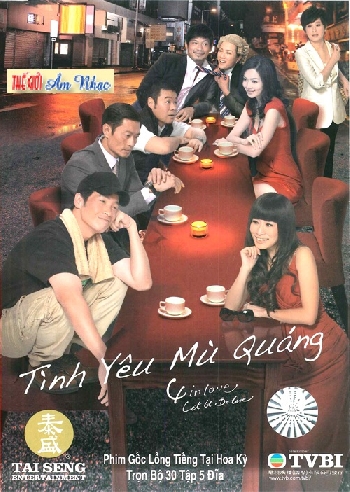
The average hop export price stood at $X per ton in 2021, reducing by -X% against the previous year. Taiwan (Chinese), Sri Lanka, Myanmar and the Philippines lagged somewhat behind, together comprising a further X, with a CAGR of +X%, recorded the highest growth rate of the value of exports, in terms of the main countries of destination over the period under review, while shipments for the other leaders experienced more modest paces of growth. In value terms, South Korea ($X), Vietnam ($X) and Thailand ($X) constituted the largest markets for hop exported from Hong Kong SAR worldwide, together comprising X% of total exports. Myanmar, Taiwan (Chinese), the Philippines and Thailand lagged somewhat behind, together accounting for a further X 2012 to 2021, the biggest increases were in Myanmar (with a CAGR of +X%), while shipments for the other leaders experienced more modest paces of growth. Sri Lanka (X kg), South Korea (X kg) and Vietnam (X kg) were the main destinations of hop exports from Hong Kong SAR, with a combined X% share of total exports. Over the period under review, the exports reached the maximum at $X in 2014 however, from 2015 to 2021, the exports failed to regain momentum. The most prominent rate of growth was recorded in 2017 with an increase of X% against the previous year. Overall, exports, however, continue to indicate a abrupt decline. In value terms, hop exports fell to $X in 2021. Over the period under review, the exports hit record highs at X tons in 2012 however, from 2013 to 2021, the exports stood at a somewhat lower figure. The most prominent rate of growth was recorded in 2017 with an increase of X%. Over the period under review, exports, however, showed a abrupt slump. In 2021, exports of hops from Hong Kong SAR rose notably to X tons, growing by X% compared with 2020 figures. Hop Exports Exports from Hong Kong SAR, China Hop consumption peaked at $X in 2020, and then fell markedly in the following year. In general, consumption, however, continues to indicate a resilient increase.

It improved postural control, isokinetic performance, single-legged hop, and shuttle run but not knee joint position sense, triple hop, and carioca.Hong Kong SAR, China: Hop Market 2022 Hop Market Size in Hong Kong SAR, ChinaĪfter five years of growth, the Hong Kong hop market decreased by -X% to $X in 2021. 05).Įarly WBVT started from 1 month postoperatively was an effective training method without compromising knee ROM and stability. The WBVT group demonstrated significantly better postural control, muscle performance, single-legged hop, and shuttle run (P.
Hong kong 1 hop am full#
All patients achieved full knee ROM and stable knee joints at 6 months after surgery. There was no complication throughout the rehabilitation. Two-way repeated-measures analysis of variance and the Mann-Whitney U test were used for statistical analysis. Knee range of motion (ROM), stability (manual testing and KT-1000 arthrometer), and functional ability (single-legged hop test, triple hop test, shuttle run test, and carioca test) were also examined. Joint position sense, postural control, and knee isokinetic performance were assessed before surgery and at 1, 3, and 6 months postoperatively using the Biodex dynamometer, Biodex Stability System, and Cybex NORM, respectively. Reference group patients received conventional ACL rehabilitation, while treatment group patients received 8 weeks of WBVT in addition to conventional rehabilitation, starting from 1 month postoperatively. After surgery, they were randomly assigned to either the reference or treatment group. Single-bundle hamstring ACLR was performed in all patients.
Hong kong 1 hop am trial#
Randomized controlled trial Level of evidence, 1.Ī total of 48 patients with unilateral complete isolated ACL tears were recruited. To investigate the effect of early WBVT on neuromuscular control after ACLR.


However, the effect of earlier WBVT is unknown. Whole-body vibration therapy (WBVT), which is initiated from 3 months postoperatively, has proven benefits.

Despite rehabilitation training, deficiency in knee joint position sense, muscular performance, postural control, and functional ability is common after anterior cruciate ligament reconstruction (ACLR).


 0 kommentar(er)
0 kommentar(er)
